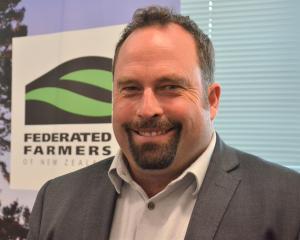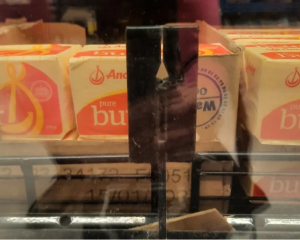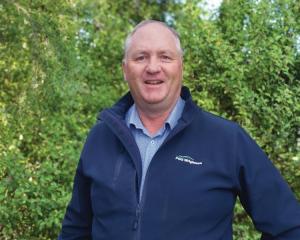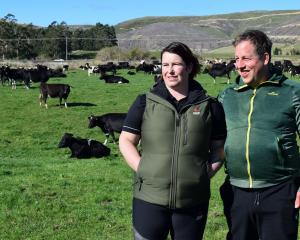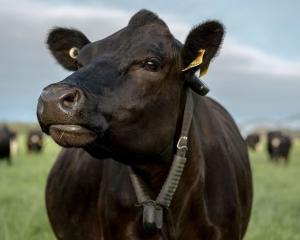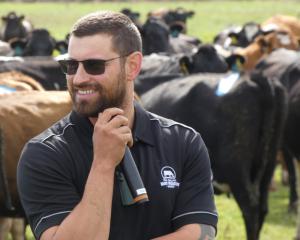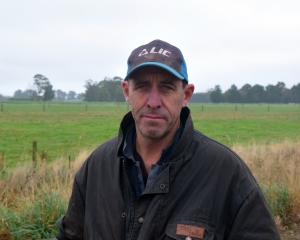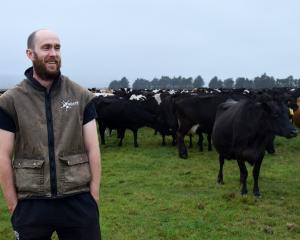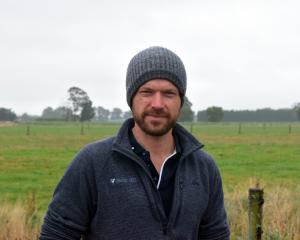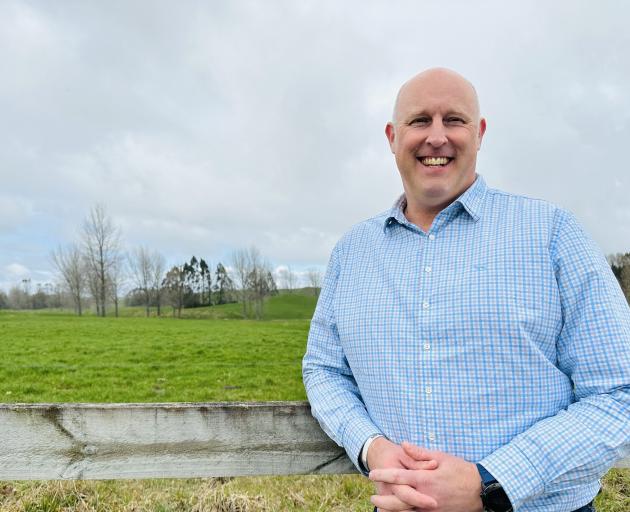
SealesWinslow general manager Grant Jackson warned farmers about making feed-purchasing decisions based on price alone and encouraged them to do their due diligence.
"As dairy farmers tighten their belts and look at more cost-effective ways to put more milk in the vat, it’s easy to go with the cheapest option. But cheapest is not always the best."
SealesWinslow carried out biological modelling to compare the effects of various feed combinations on milk production.
Research on a 500-cow dairy farm in the South Island in July this year showed it was producing 1.76 per kilogram of milk solids (kgMS) per cow per day by feeding 18kg of dry matter (kgDM) from pasture and 3kg of dry matter from palm kernel, showed a predicted income over the cost of $54,900 a month, at the $6.75/kgMS payout.
If that same farm fed a combination of 18kgDM from pasture and 3kgDM from a high starch (50%), high energy (13.5 megajoules per kg) pelletised feed, feed costs increased by 16%.
However, milk production increased by 20% and the farm’s predicted income over feed costs jumped to $72,788 a month.
"That’s a significant increase in income of more than 30% each month."
The modelling included scenarios based on feeding pasture and wheat.

However, for the sake of $900 a month, the risk, storage, loss, time, and cost of blending in additional minerals needed to be considered, he said.
"Our research shows that by investing in a better quality feed with more energy and more starch to fire up their rumen, the more efficiently cows will use their entire feed ration, including pasture, and the more milk they will produce.
"This is not a sales pitch. It’s about demonstrating what’s possible and why dairy farmers need to do their own numbers and seek advice from their rural professional partners before they make decisions on feed. As mating nears, I would encourage them to do that sooner rather than later."
Getting cows in calf and lifting 6-week in-calf rates this season would be more important than ever.
"Feeding cows well in the lead-up to mating requires good management of pasture allocation and an awareness of the specific needs of at-risk cows. For the main herd, daily pasture intake targets should be 4% of liveweight.
Any shortages could be made up by supplying a suitable high-energy supplement.
Dairy farmers could take steps to get cows cycling from six weeks post calving using nutrition.
"The goal should not only be to maximise milk production this season but also to safeguard the profitability of their business in the longer term."


